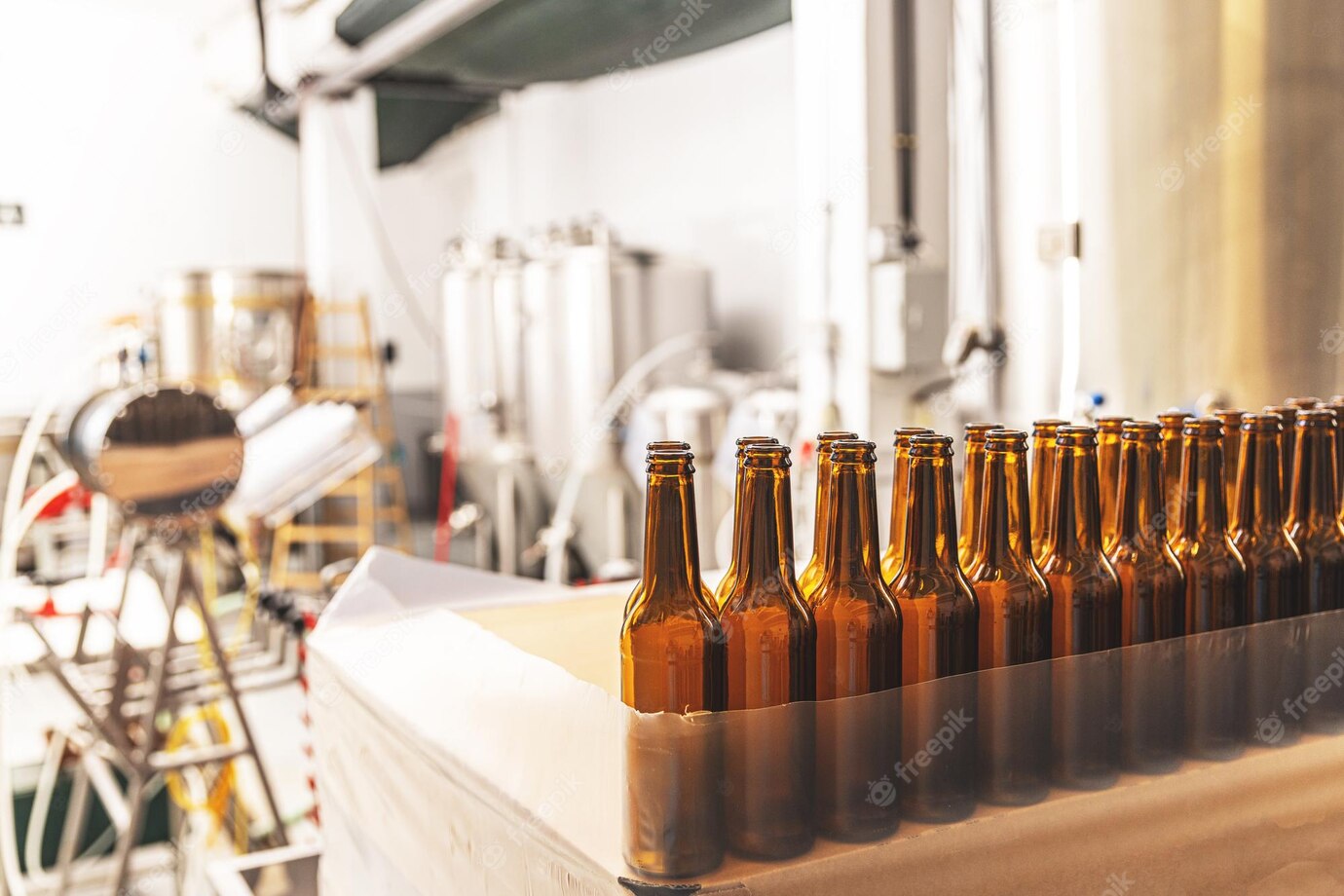Transform your beer into something special! Try Barrel-Aging for a unique flavor experience!
Are you looking to take your home brewing to the next level? Barrel-aging your beer gives you a unique flavor and an unparalleled experience by aging beer in an oak barrel. Not only does it give your beer an intense flavor and aroma, but it’s also a great way to learn about making beer with a unique and complex flavor. Experiencing this process firsthand will help you create the perfect beer for your own taste. In this article, you’ll learn about the basics of barrel-aging your beer and how this can enhance your beer’s flavor.
Experimenting with Barrel-Aging Your Beer
Barrel-aging beer is a process that is growing in popularity among craft brewers and home brewers alike. Beer aging in wooden barrels can produce flavors that are impossible to achieve through other methods. From subtle notes of oak and vanilla to tart, fruity undertones reminiscent of a sour beer, barrel-aged beer can elevate a good brew to something truly special.
Before undertaking barrel-aging with beer, you will want to consider factors such as ingredient selection, barrel selection, storage space, and storage temperature. With experience, you can learn the finer points of barrel-aging technique and the subtle nuances of flavor development.
Ingredients for Barrel-Aging Beer
When considering ingredient selection, it is important to consider the flavor profile of the beer you are barrel-aging. It will be difficult to achieve desired effects if your beer base isn’t something that would work well with barrels. Generally, it is best to start with a beer that is heavily hopped, has a high gravity, and a low PH. These types of beers have high levels of lactic acid and other compounds that can interact with the wood of the barrel.
Additionally, it is important to select the appropriate yeast for a barrel-aged beer. The yeast you select should have the ability to ferment under both anaerobic and aerobic conditions. Yeast with anaerobic capabilities, such as Brettanomyces, are able to generate flavor compounds that are not possible when using standard brewing yeasts.
Barrel Selection
In barrel-aging beer, the type of barrel is another critical component. Many brewers opt for barrels made of oak, as this type of wood is the most frequently used in barrel-aging beer. Oak barrels come in a variety of shapes and sizes and can impart different flavors depending on the type of oak and how long the barrel has been used. Once you’ve selected your barrel, consider what kind of spirit or wine has previously resided in it, as residual flavors may subtly linger in your beer.
Storage and Temperature
Once you have your ingredients and barrel selected, it is important to consider storage space and temperature. Barrel-aged beer needs to be stored in a cool, dark place in order to minimize oxidation. In addition, maintaining a consistent temperature is important, as fluctuations can affect the flavor profile and cause off-flavors. Some brewers opt for pseudo-barrel aging, which involves aging the beer in a stainless steel vessel, such as a conical fermenter, with wood chips or spirals.
How Long to Barrel Age Beer?
Once you have all of your components ready, the next step is determining how long to age the beer in the barrel. Traditionally, barrel-aged beer was stored for up to a year. In recent years, however, some brewers have opted for shorter aging periods, as there is a risk of the barrel overpowering the beer’s flavor profile. Generally, it is wise to start out with shorter aging periods – somewhere between three and six months – and taste the beer periodically to determine if more aging is desired.
Once the desired flavors have developed, it is time to bottle or keg the beer. Since barrel-aged beer has already been conditioned in a barrel, some brewers choose to opt out of additional conditioning in bottles or kegs. If additional carbonation is desired, however, priming sugar or a yeast nutrient can be added prior to bottling.
Tips for Barrel-Aging Beer
- Start with a heavily hopped beer of high gravity, low PH, and anaerobic-capable yeast
- Select an oak barrel for the most traditional approach
- Store beer in a cool, dark place and avoid temperature fluctuations
- Determine a suitable aging time and check periodically for desired flavor development
- Prime with sugar and/or nutrient, if desired, at bottling or kegging
With a few basic tips, you can easily embark on your own experiment with barrel-aging beer. With some practice, you can discover ways to manipulate your beer’s flavor profile to create something truly unique. All it takes is experimentation, patience, and a willingness to try something new.

